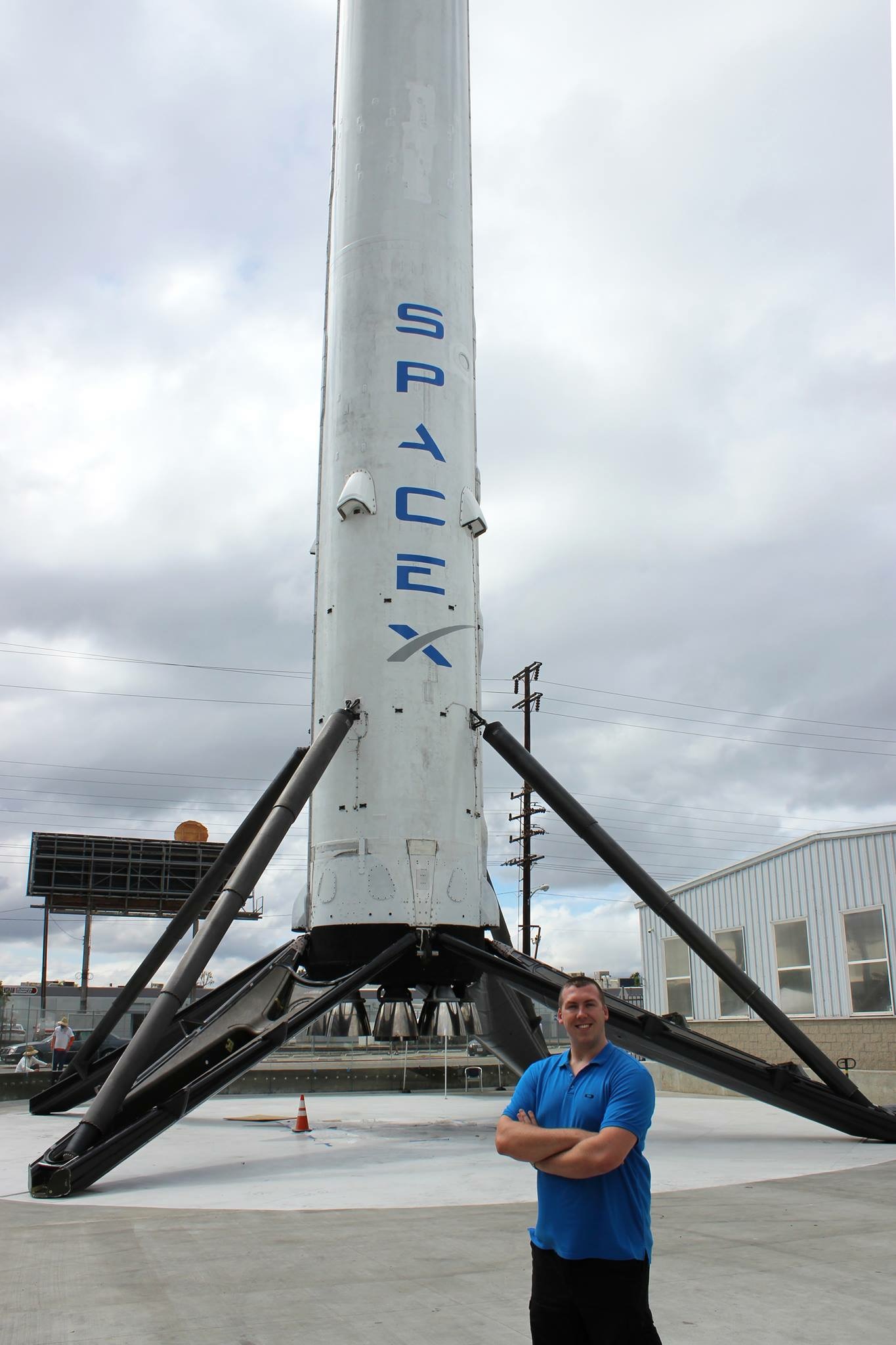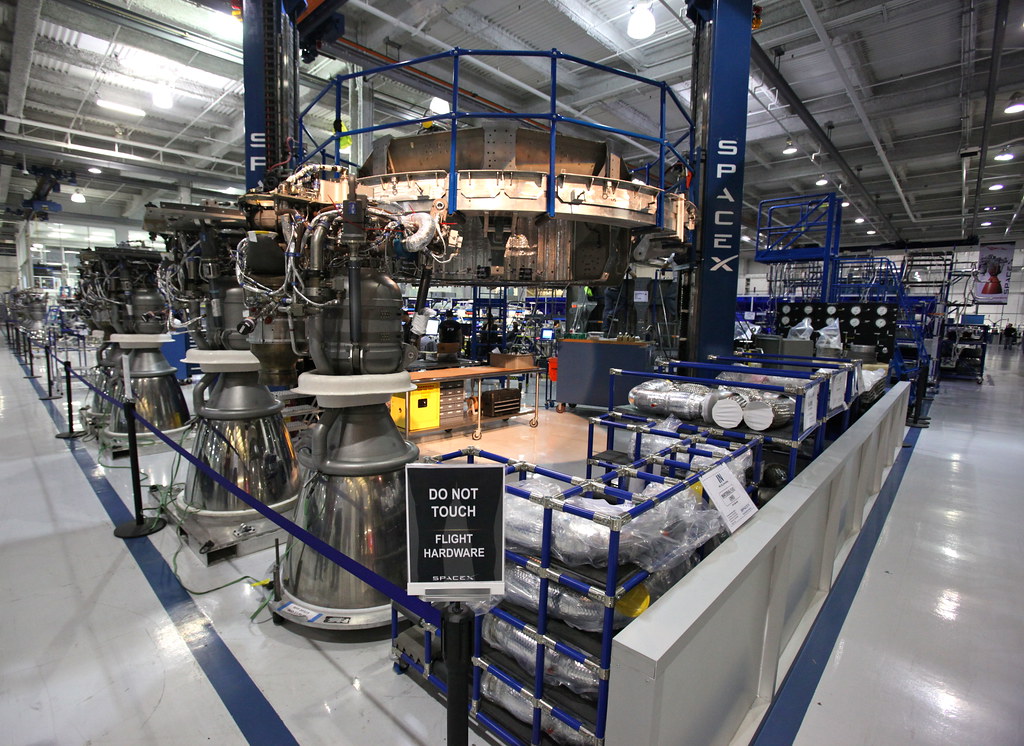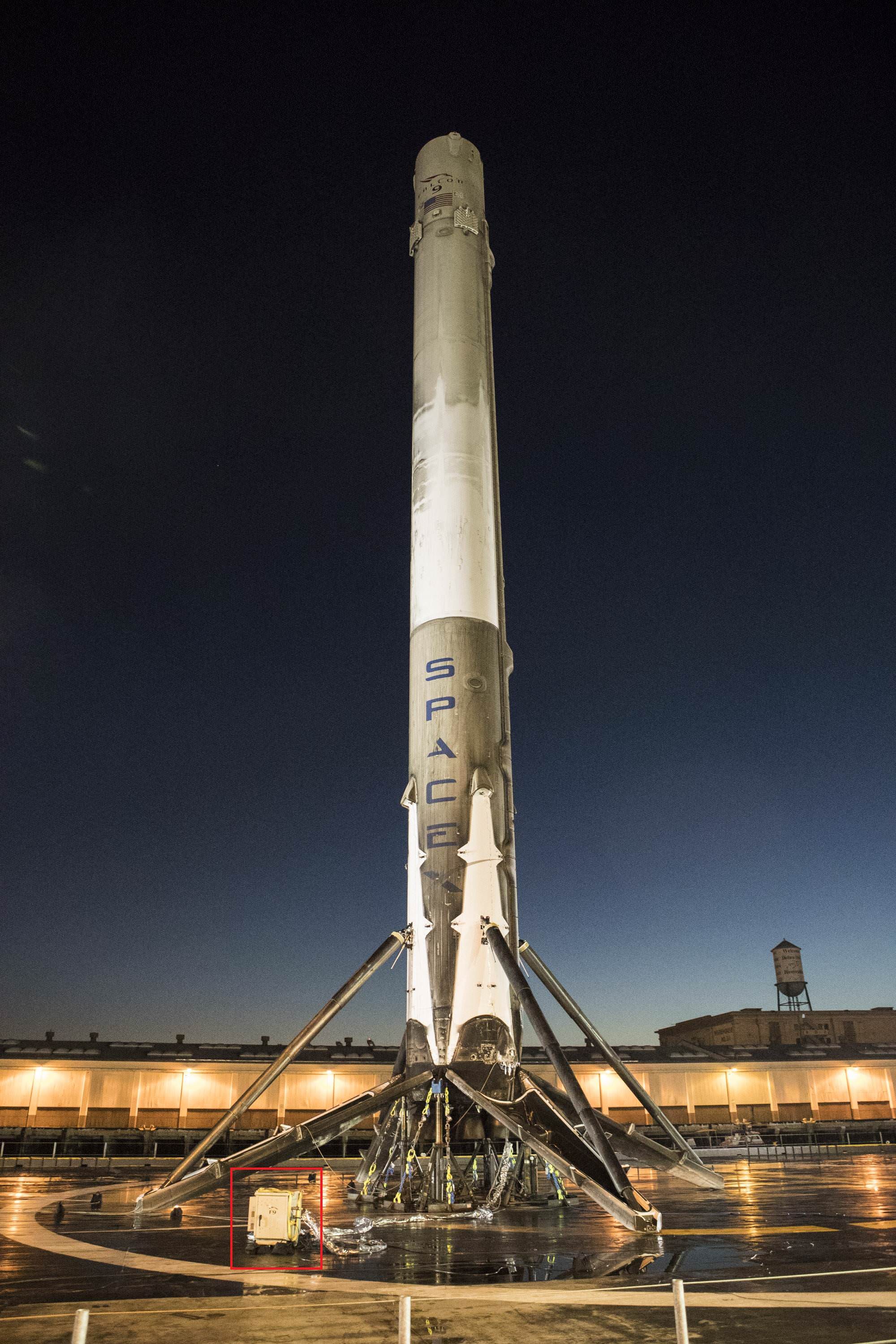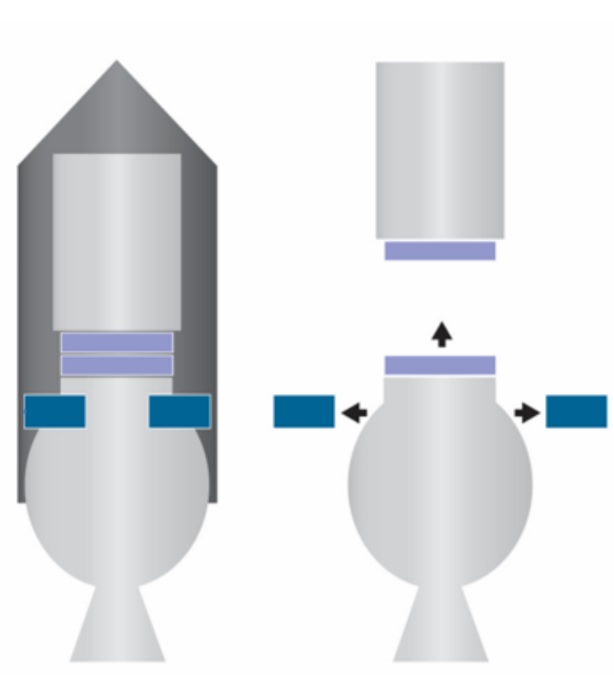01
Background
SpaceX designs, manufactures and launches advanced rockets and spacecraft. The company was founded in 2002 to revolutionize space technology, with the ultimate goal of enabling people to live on other planets.
SpaceX has gained worldwide attention for a series of historic milestones. It is the only private company capable of returning a spacecraft from low Earth orbit, which it first accomplished in 2010. The company made history again in 2012 when its Dragon spacecraft became the first commercial spacecraft to deliver cargo to and from the International Space Station.
SpaceX successfully achieved the historic first reflight of an orbital class rocket in 2017, and the company now regularly launches flight-proven rockets. In 2018, SpaceX began launching Falcon Heavy, the world's most powerful operational rocket by a factor of two. [1]
I had the opportunity to join a team of engineers at SpaceX Headquarters in Los Angeles, California to work on SpaceX's primary launch vehicle, the Falcon 9, and develop components for their newest vehicle, the Falcon Heavy.
The Falcon 9 Rocket

The Falcon 9 Rocket
02
Falcon Heavy Harnesses
During my time at SpaceX, I worked on numerous inter-disciplinary projects across multiple teams.
My first project was to develop breakout harnesses for the Falcon Heavy launch vehicle. This allows ground crews to test and check vehicle health during production, receiving, and preparing for launch
These harnesses were used, and the first Falcon Heavy launch wen't off spectacularly on February 6, 2018. Considering this was a demonstration flight, we put Elon Musk's Tesla Roadster into space. Normally companies use mass simulators such as concrete blocks to simulate the weight of a normal payload, but instead we used a symbolic payload to inspire many generations of space enthusiasts. You can see the recap clip below:
Falcon Heavy & Starman
03
Stage Separation Connectors
After approximately 2 minutes and 30 seconds, the first stage (the part that returns to Earth) separates from the second stage (the part that continues on to final orbit). There are mechanical and electrical interfaces between these stages which need to cleanly separate in extreme environments. I was responsible for replacing some of these connectors on Falcon 9. You can see a video of Stage Separation below:
Stage Separation
04
Printed Circuit Board Development
I resolved one of the issues on the production floor regarding data acquisition. This required developing a new high density, high performance printed circuit board in Altium Designer which was put into use on the production floor in all data acquisition server racks. Data acquisition is used to ensure all the sensors are working properly throughout manufacturing. Below is a picture of one of those stations where my data acquisition cards was used:
Octaweb (Engine) Integration Area

>Octaweb (Engine) Integration Area
05
Falcon Support Rack
I had to develop a mobile support rack which will provide power and communications with the rocket after it lands at sea or back at a landing zone. This rack had to be robust, redundant, and reliable. The rack is occasionally seen on some recovery photos when the droneship returns back to Cape Canaveral. My hardware is shown here in a red box:
Falcon 9 Coming Home after Landing on the Autonomous Spaceport Droneship

>Falcon 9 Coming Home after Landing on the Autonomous Spaceport Droneship
06
Simulators
In the space industry it is very important to "Test as you fly" meaning you test all of your components on Earth to the same criteria they would be exposed to in space. Therefore, it is important to develop simulators to test the repeatability and performance of certain components on the rocket. I developed a simulator for testing and verifying the operation of a payload separation mechanism to ensure the proper signals were sent, and the mechanism deployed properly.
Example of a Payload Separation Mechanism

>Example of a Payload Separation Mechanism